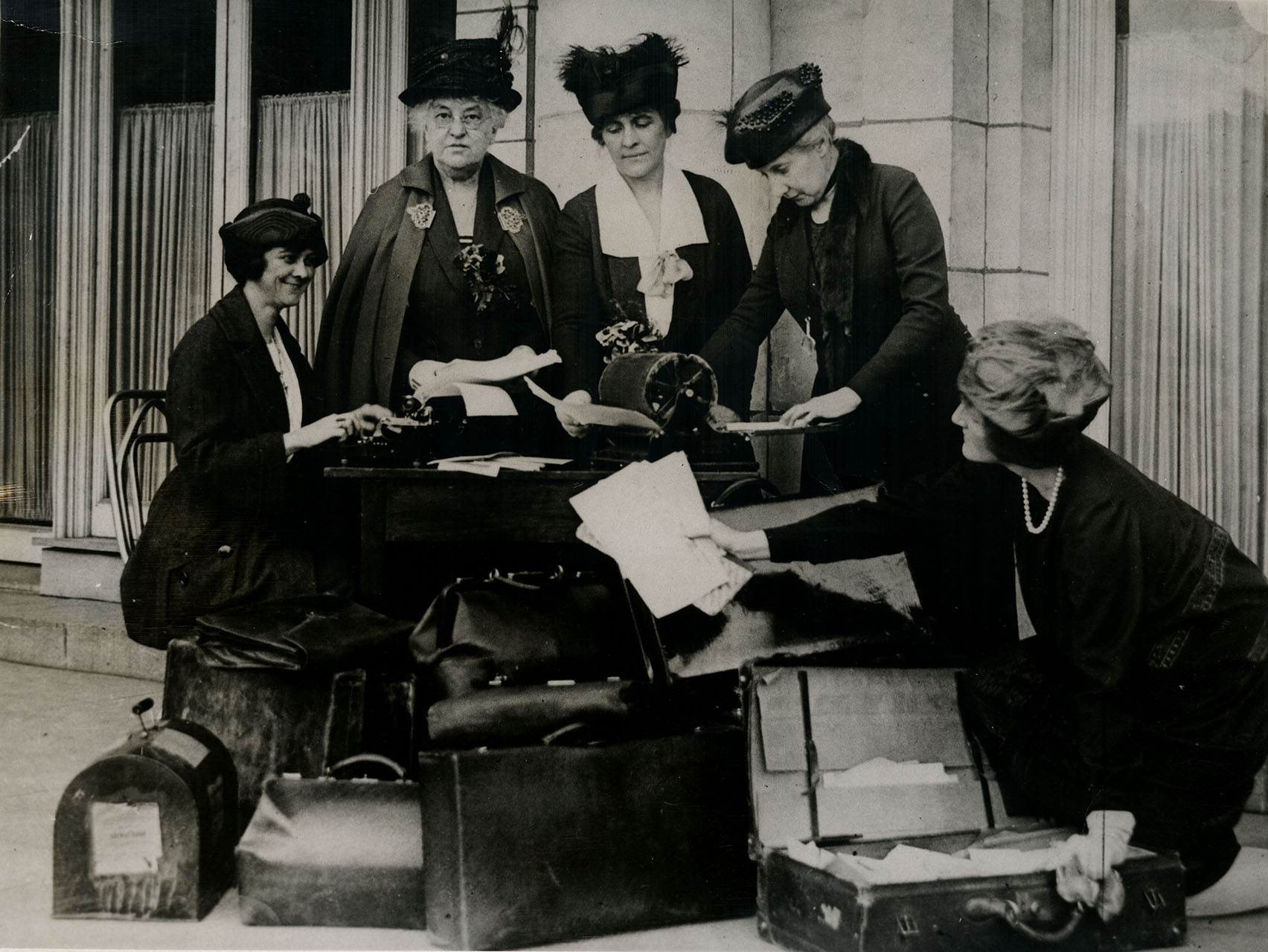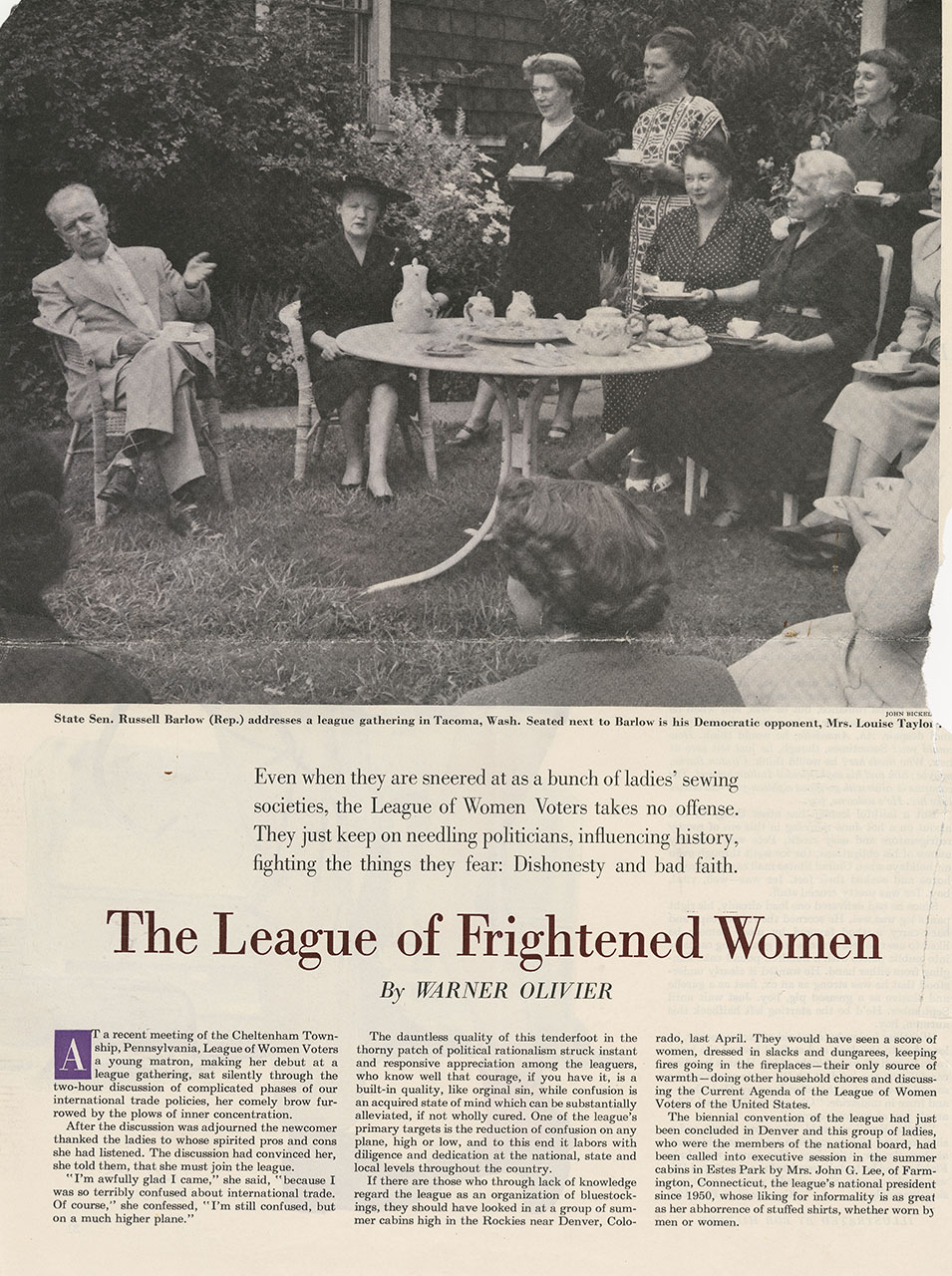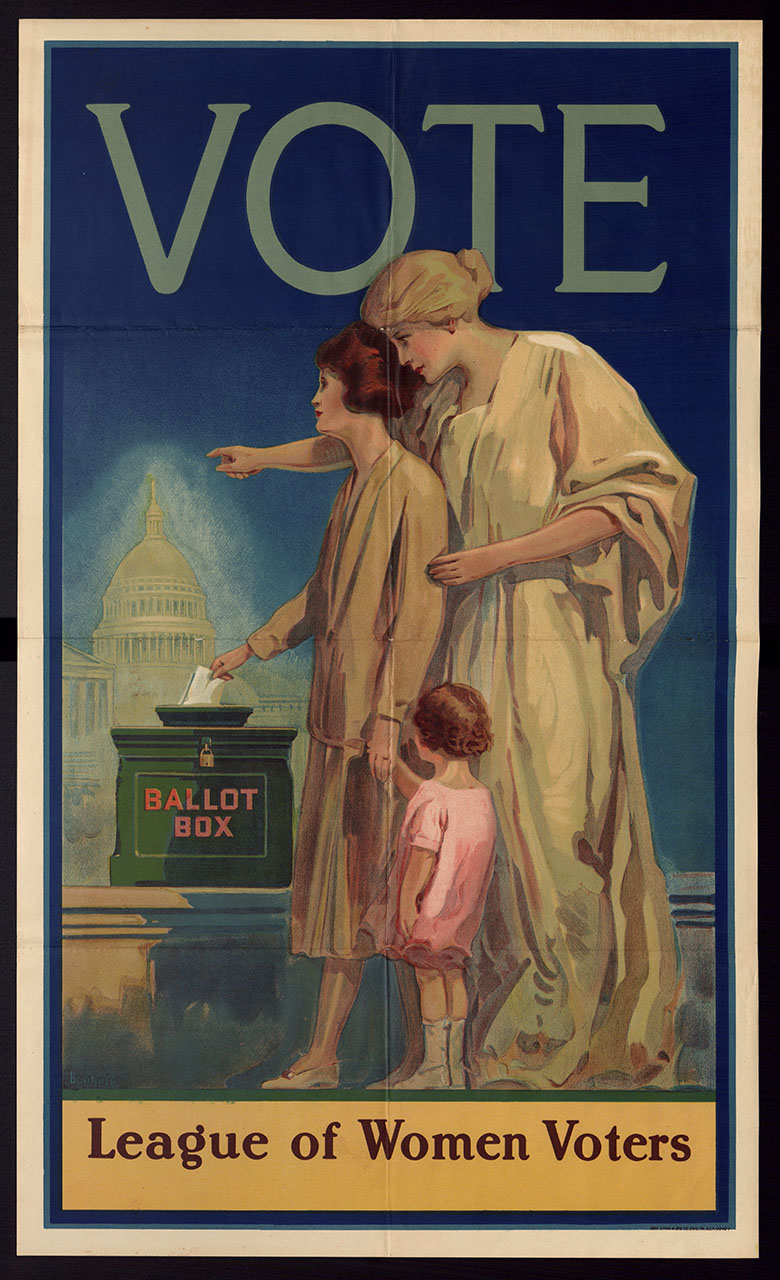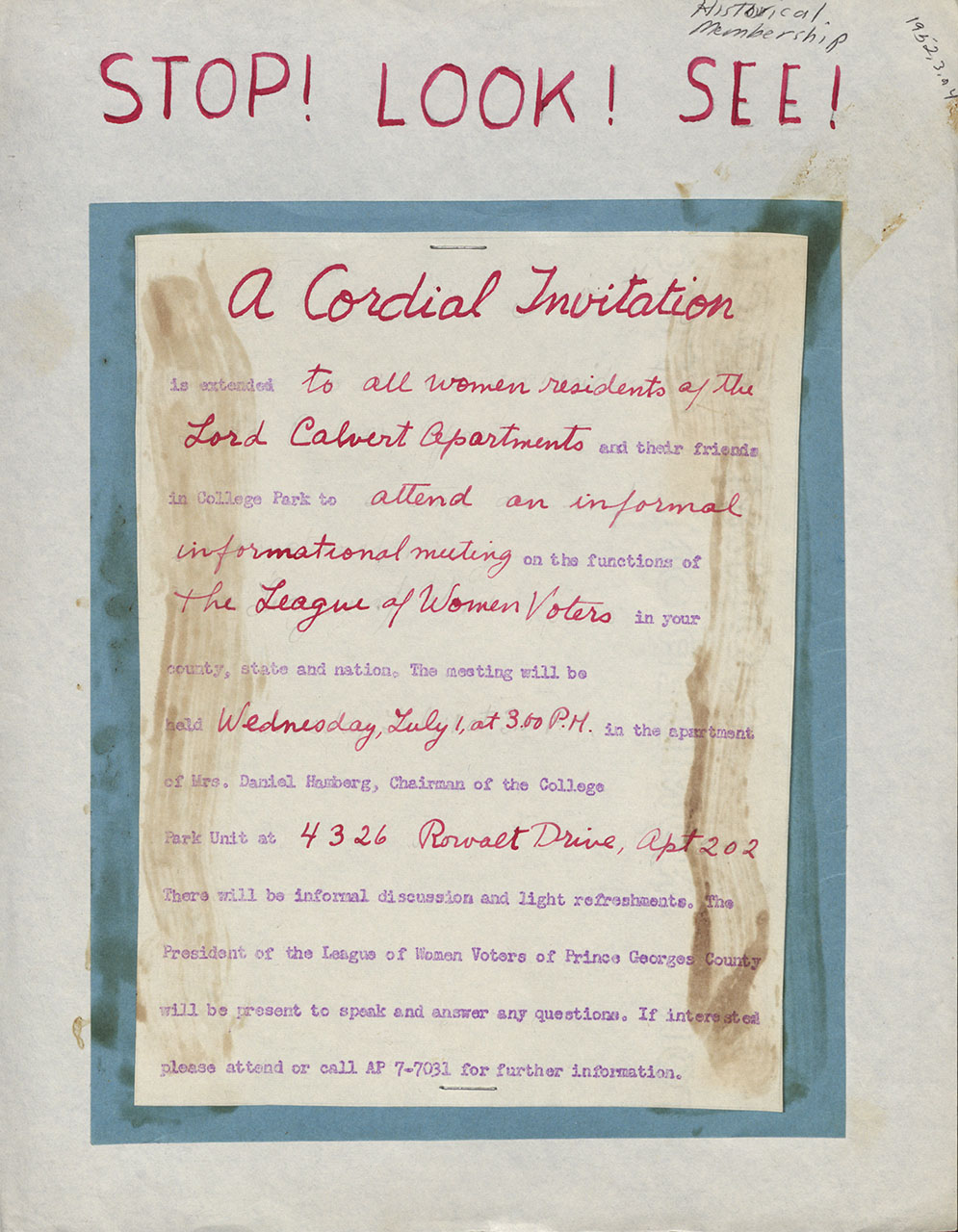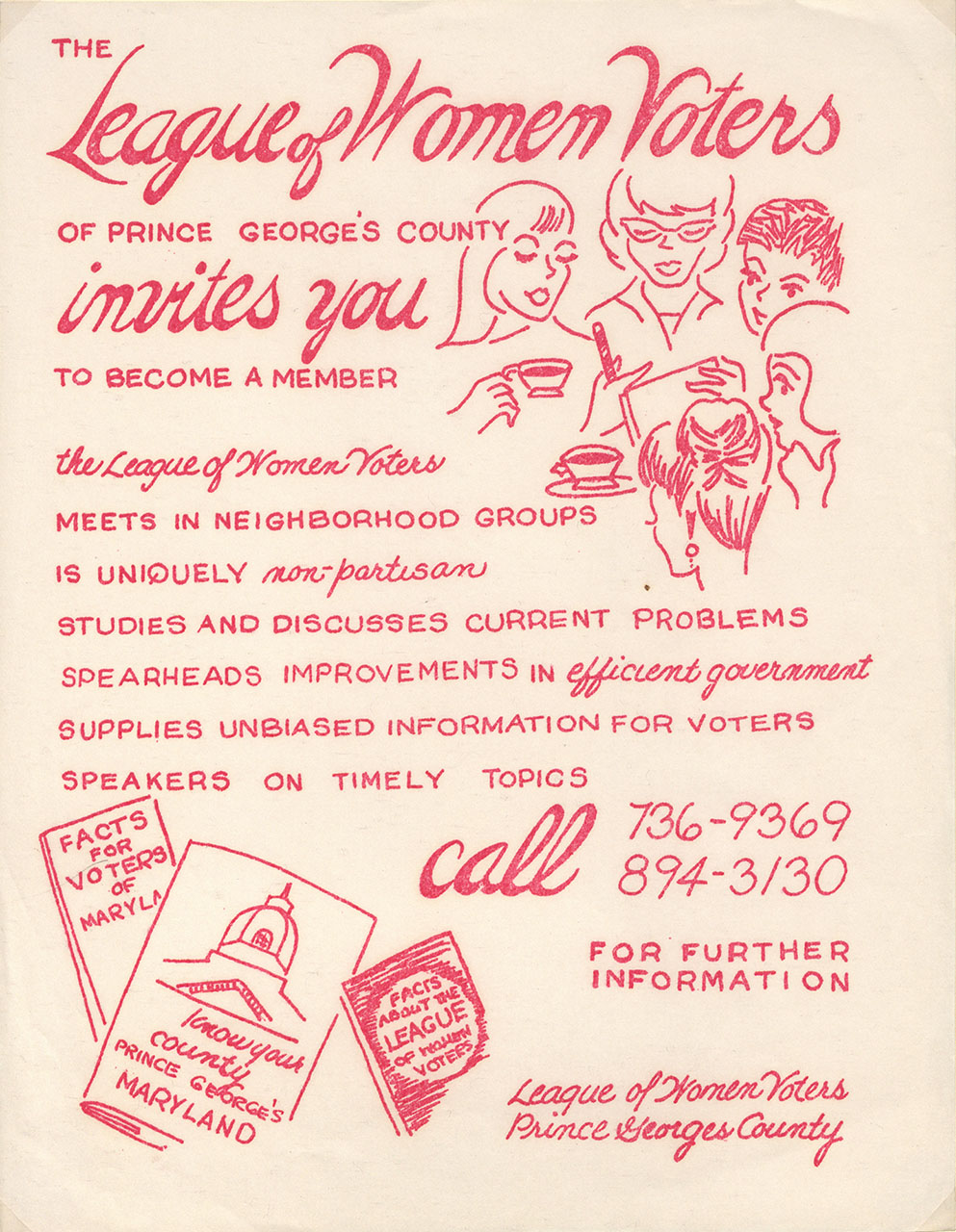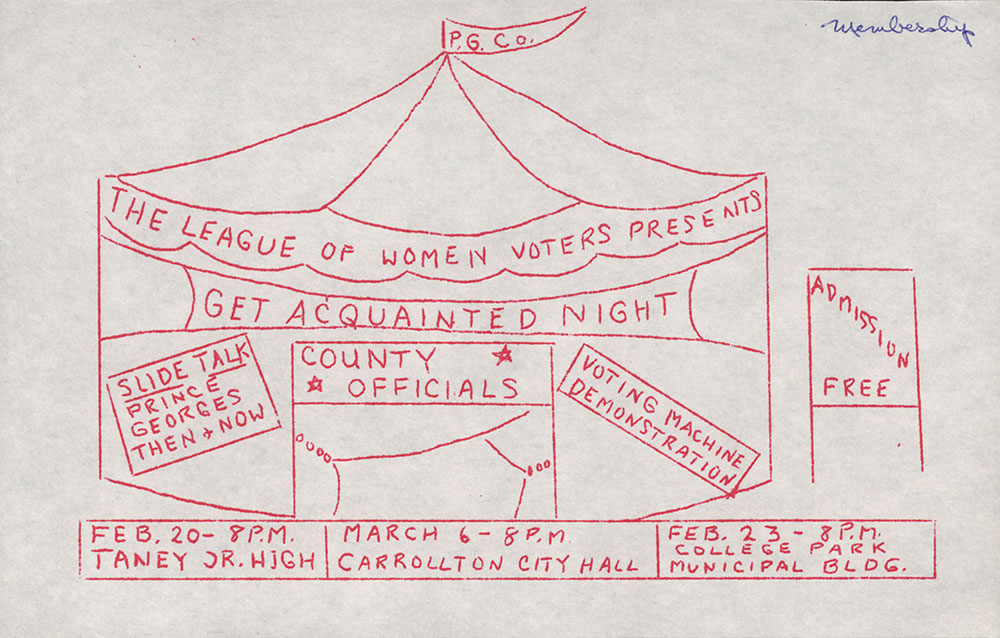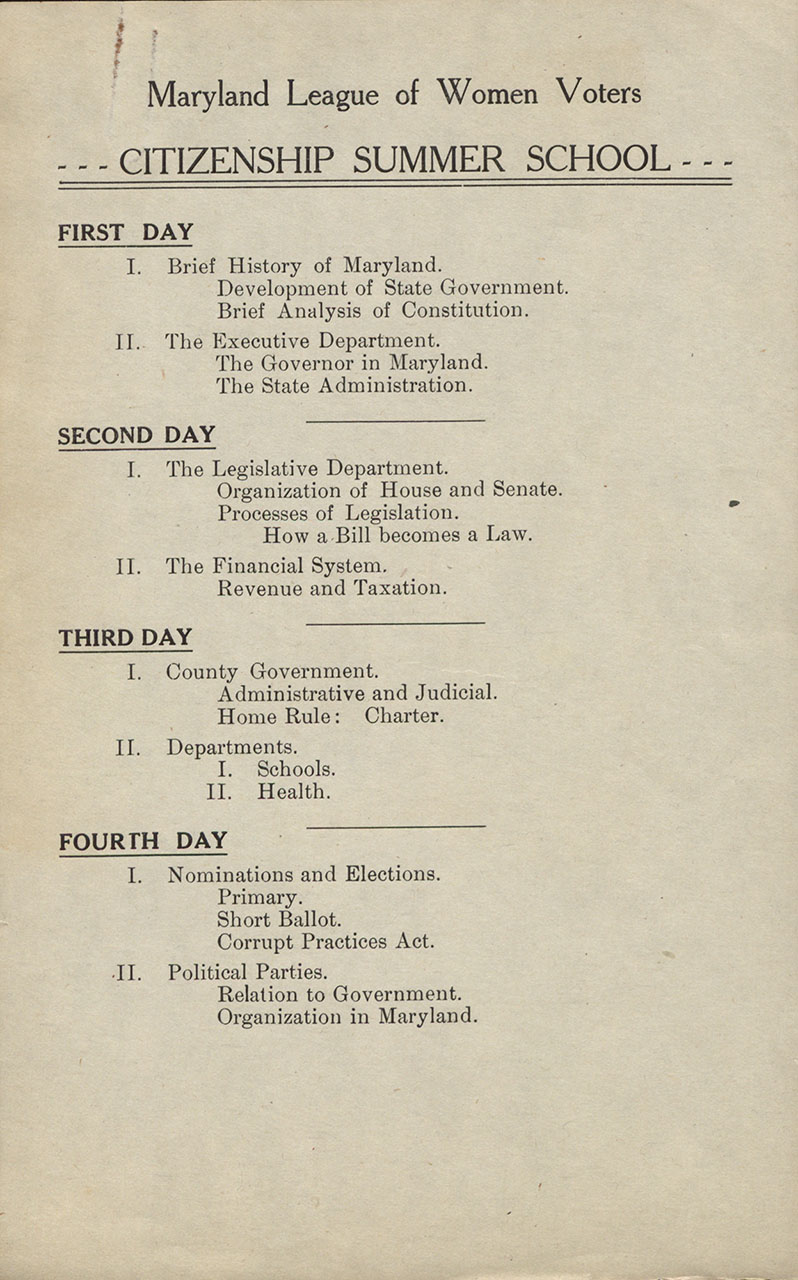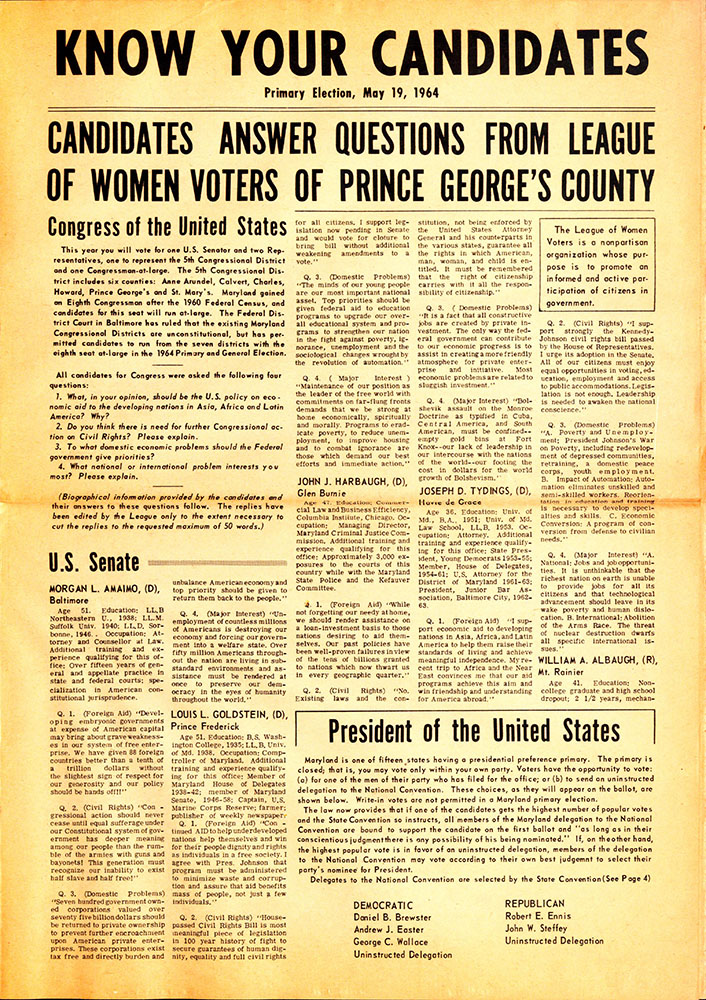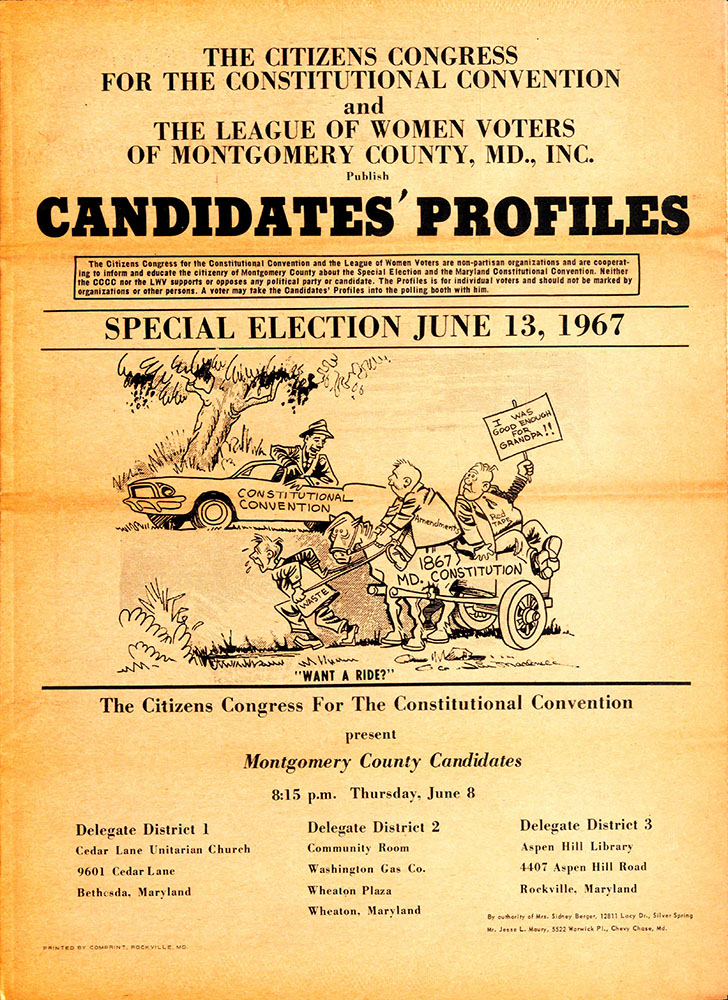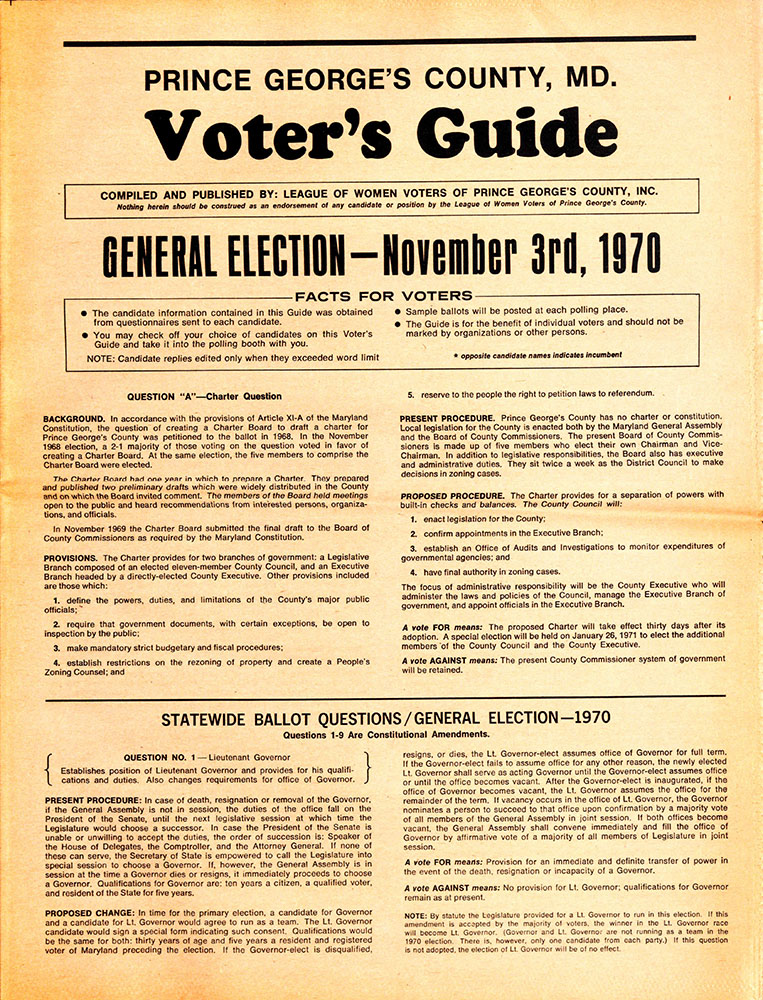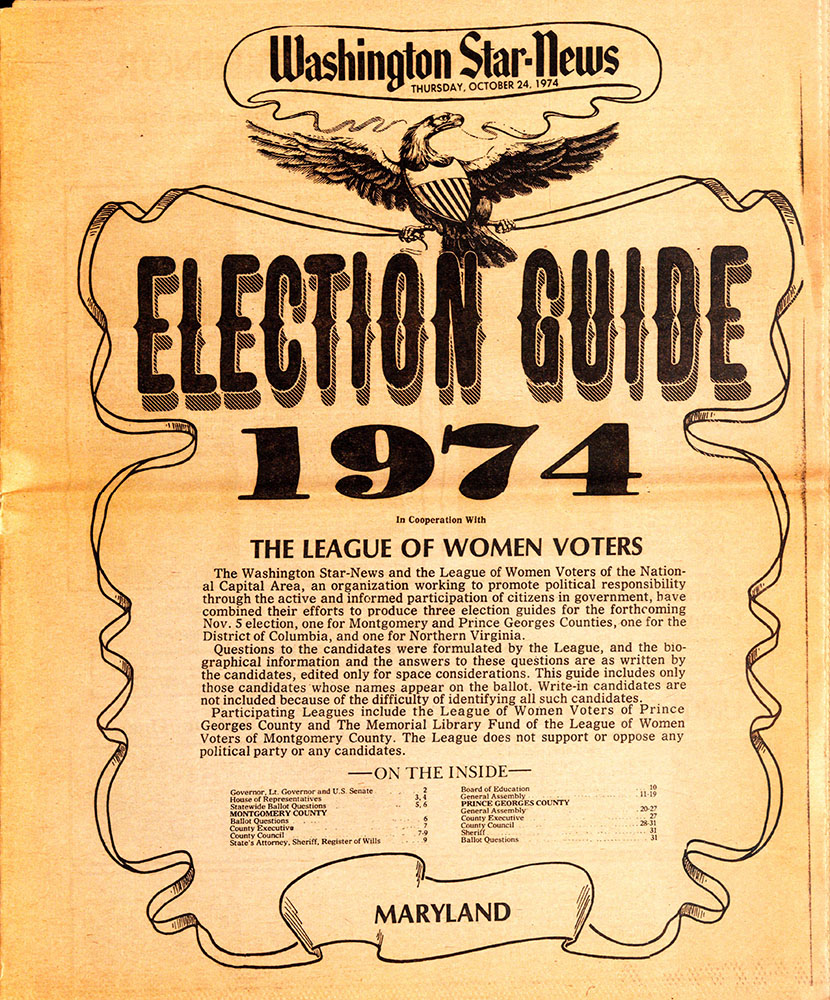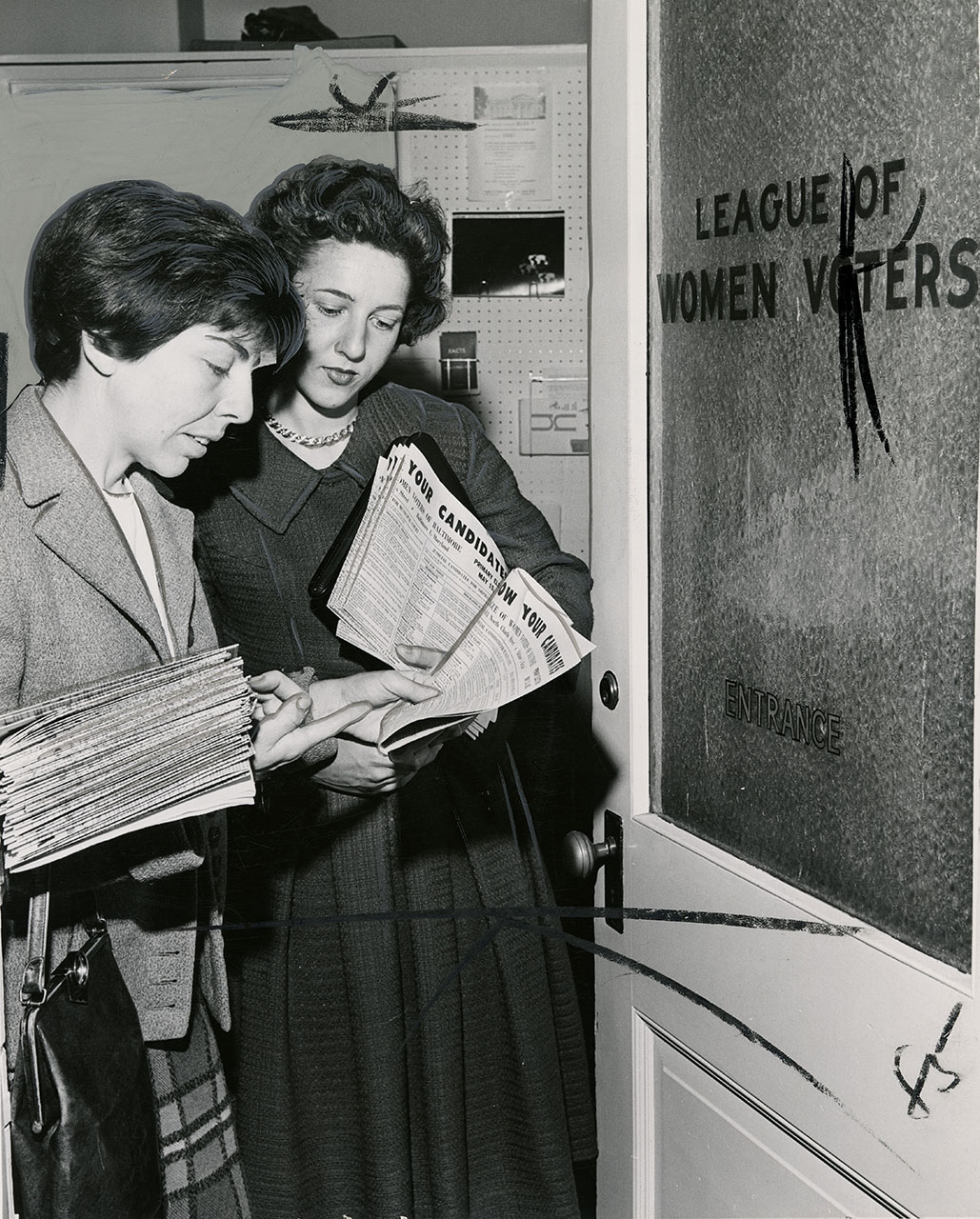League of Women Voters
The League of Women Voters (LWV) was founded in 1920 by Carrie Chapman Catt as a means to educate newly-enfranchised women about their right to vote. It is still active with over 700 branches nationwide. LWV is a non-partisan organization, meaning it will not endorse candidates nor parties. Historically, It has supported progressive legislation and continues to do so today. For example, in 1920, LWV’s platform included child labor laws and public health initiatives. Today, in addition to supporting voting rights, its platform includes advocacy for the environment, immigration, and healthcare.
LWV focuses on four main voting issues: expanding voter access, redistricting, money in politics, and fighting voter suppression. LWV educates voters about political candidates in federal, state and local races, and its volunteers distribute millions of educational materials about state and local elections each year. Truly a grassroots organization, LWV offers volunteers opportunities to participate at the national, state, and local levels. Over 500,000 members across all 50 states work to register local voters, host local debates and community forums, and educate voters about local politics and elections.
San Francisco, CA, 1920. Baltimore News American collection
Just What Is The League of Women Voters?
Prince George’s County, Maryland.
League of Women Voters of Maryland records
Voters Service Handbook
1968.
League of Women Voters of Maryland records
This handbook was a reference manual for the League Voters Service. Topics include registering and informing voters and encouraging political participation. One chapter is devoted to serving particular communities: youth, new citizens, new residents, and “minority groups.”
Citizenship Summer School
Maryland, 1921.
League of Women Voters of Maryland records
This pamphlet demonstrates the League’s prioritization of comprehensive education over indoctrination. Their goal was to be completely non-partisan; they aimed not to directly support political figures, but to educate women on how their government worked and how exactly women could use the vote to make a difference in their communities.
Caroline Wood Oral History
League of Women Voters of Maryland records
In this segment of Ms. Wood's oral history, she recounts her time working with a League of Women Voters chapter in Mississippi in the 1960s and discusses interracial membership in the League.
Woman’s Journal Entry on Madeleine LeMoyne Ellicott
Maryland.
League of Women Voters of Maryland records
Madeleine LeMoyne Ellicott was one of Maryland’s most prominent suffragists. She worked closely alongside Carrie Chapman Catt and Sadie Crockin and traveled to Chicago with them in 1920 for the founding of the League of Women Voters. On her return to Maryland, she founded the Maryland League of Women Voters and served as its president for twenty years.
“The League of Women Voters: They’ve Come a Long, Long Way”
The Washington Post, Potomac, 1969.
League of Women Voters of Maryland records
Lavinia Engle graces the cover of this 1969 article on the League of Women Voters. The article discusses the history of the League and provides insight into the lives of contemporary members.
Political Parties and Women Voters
Chicago, 1920.
League of Women Voters of Maryland records
Whose Government is This?
League of Women Voters of Maryland records
Carrie Chapman Catt, a founder of the League of Women Voters, was an important and active figure in the women’s suffrage movement.
After graduating the only woman in her class and working in various careers, Catt became involved in the National American Woman Suffrage Association and eventually succeeded Susan B Anthony as president. Her strategy differed significantly from the younger and more militant suffragists. She advocated for the simultaneous push for women’s suffrage at both the state and federal levels, as opposed to focusing on one or the other. Catt was credited with introducing the strategy that resulted in the passage and eventual ratification of the 19th amendment.
Upon her success, Catt then worked to establish a nonpartisan voter education organization, the League of Women Voters.
Why Join The League of Women Voters?
1930.
League of Women Voters of Maryland records
Principles and Policy of the National League of Women Voters
League of Women Voters of Maryland records
American Association of University Women Vote Project Materials
1984.
League of Women Voters of Maryland records
The Women’s Vote: Beyond the Nineteenth Amendment
c. 1984.
Maryland Division of the American Association of University Women (AAUW) records
How Can I Vote In Maryland
Voter Education Task Force Pamphlet, Maryland, 1980s.
Maryland Division of the American Association of University Women (AAUW) records
League of Women Voters Questionnaires for Congressional Candidates
1956.
League of Women Voters of Maryland records
These questionnaires gave people running for Maryland office a chance to share their political background and platform. They demonstrate one of many ways the League of Women Voters aimed to educate members about local and state politics.
Your Vote Counts: Facts for Voters in Maryland Pamphlet
1956.
League of Women Voters of Maryland records
Non-Partisan Register, Inform Yourself, and Vote Program
1956.
League of Women Voters of Maryland records
“How to run a successful local register-and-vote campaign” Pamphlet
American Heritage Foundation, 1956.
League of Women Voters of Maryland records
Know Your Candidates
Maryland, 1956.
League of Women Voters of Prince George’s County records
Education about political candidates was a major priority of the League of Women Voters at national, state and local levels. This pamphlet about Maryland’s congressional candidates was co-written by Anne Arundel, Howard and Prince George’s County Leagues.
Notes on Voters Service - CON-CON Election
Prince George’s County, Maryland, 1967.
League of Women Voters of Prince George’s County records
Election ‘72: Vote For These Six Amendments
1972.
League of Women Voters of Maryland records
Despite the League’s nonpartisan efforts, they directly supported partisan legislation if they deemed it important to women’s communities or, sometimes, broader progressive human rights movements. Then and now, these issues may very well have been nonpartisan to women even if they were partisan to most men. Gender issues and civics issues like gerrymandering and redistricting were regularly prioritized by the League, as were issues like education, public health and child welfare.
Vote for Amendment 4 - Better Municipal Courts
Baltimore, Maryland, c. 1959.
League of Women Voters of Maryland records
The Arundel Voter
Anne Arundel, Maryland, 1962.
League of Women Voters of Maryland records
The Arundel Voter
Anne Arundel, Maryland, 1974.
League of Women Voters of Maryland records

